more »
Fuel cells are a technology of interest as future energy sources, as they aid in production of sustainable energy using simple hydrocarbons as fuels. They function by a simple operational mechanism with fuel oxidation on one side, and oxidant reduction on the other side of a membrane, liberating electrons thus contributing to electrical energy generation. A wide variety of fuels, such as methanol, ethanol, and propanol have been used so far. Among these fuels, methanol remains a favourable candidate due to its high energy density, ease of handling and other operational characteristics.
Hence methanol fuel cells find their potential use in laptop chargers, military applications or other scenarios where access to electricity is difficult. However the wider spectrum of commercial potential for methanol systems is greatly hindered by methanol cross over in the membrane. Cross over is the leaking of methanol from the anode to the cathode through the membrane, which creates a short circuit and adversely affects fuel cell performance. Cross over is mitigated by using a barrier layer on top of the membrane used. Previous work in this field tested different materials that yielded improved performance by reducing methanol crossover, but those materials also significantly reduced proton transport thereby significantly reducing performance, as membrane proton conductivity is one of the dominant factors for energy generation in fuel cells.
It is known that Andre Geim and co-workers (Nature, A.K. Geim et.al 2014), discovered proton transfer through single layer graphene and other 2D materials. Also graphene is known for its dense lattice packing structure, inhibiting the passage of methanol and other hydrocarbon-based molecules across the membrane. However, the actual application of these 2D materials in fuel cell systems has not yet been realized.

Figure: Schematic showing proton transport through the membrane region of a methanol fuel cell.
Researchers from the School of Chemical Engineering and Analytical Science at the University of Manchester have come up with a way to utilize these 2D materials in an actual operating direct methanol fuel cell. In their recently published paper in the journal Advanced Energy Materials (Holmes et al, 2016), they have shown that the addition of single layer graphene by chemical vapour deposition on to the membrane area has significantly reduced methanol cross over, while simultaneously causing negligible resistance to proton transport, thereby enhancing the cell performance by 50%. This first proof of concept shows that 2D materials make for excellent barrier materials for fuel cells.
Moreover, the work shows that high efficiency membraneless fuel cells could be realized in the near future. This technology could further be extended to other fuel cells types, namely hydrogen fuel cells.
Hydrogen fuel cells suffer from the usage of high cost humidifiers that keep the membrane in a humid atmosphere for improved proton conductivity. Graphene however, as reported in earlier studies, showed improved proton conductivity with increasing temperature without the need for humidifier systems. Utilizing graphene in fuel cells could make a significant contribution to satisfying future energy demands.
Article: Holmes, Stuart M., Prabhuraj Balakrishnan, Vasu. S. Kalangi, Xiang Zhang, Marcelo Lozada-Hidalgo, Pulickel M. Ajayan, and Rahul R. Nair. 2016. "2D Crystals Significantly Enhance The Performance Of A Working Fuel Cell". Advanced Energy Materials, 1601216. doi:10.1002/aenm.201601216.
via Graphenea
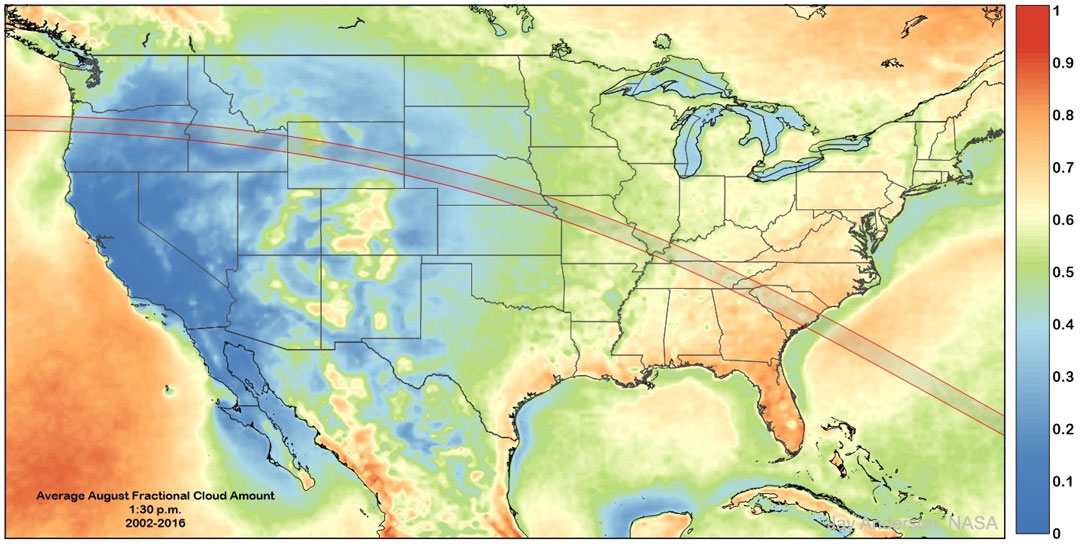
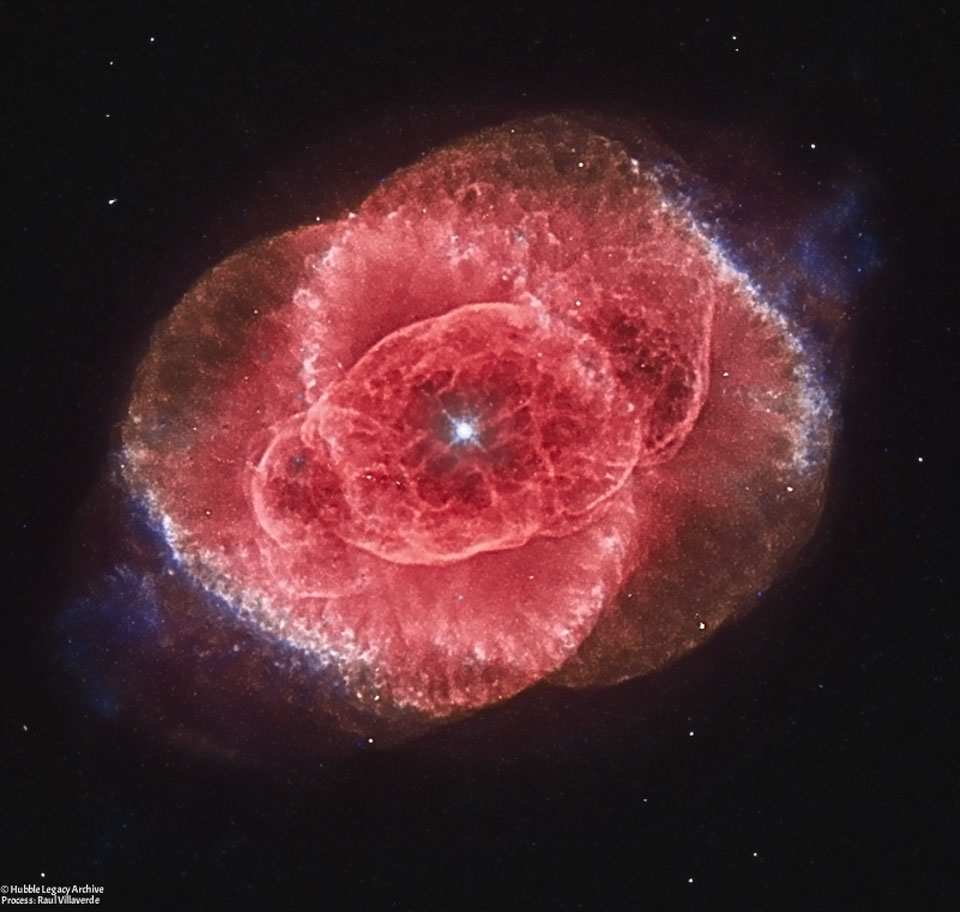


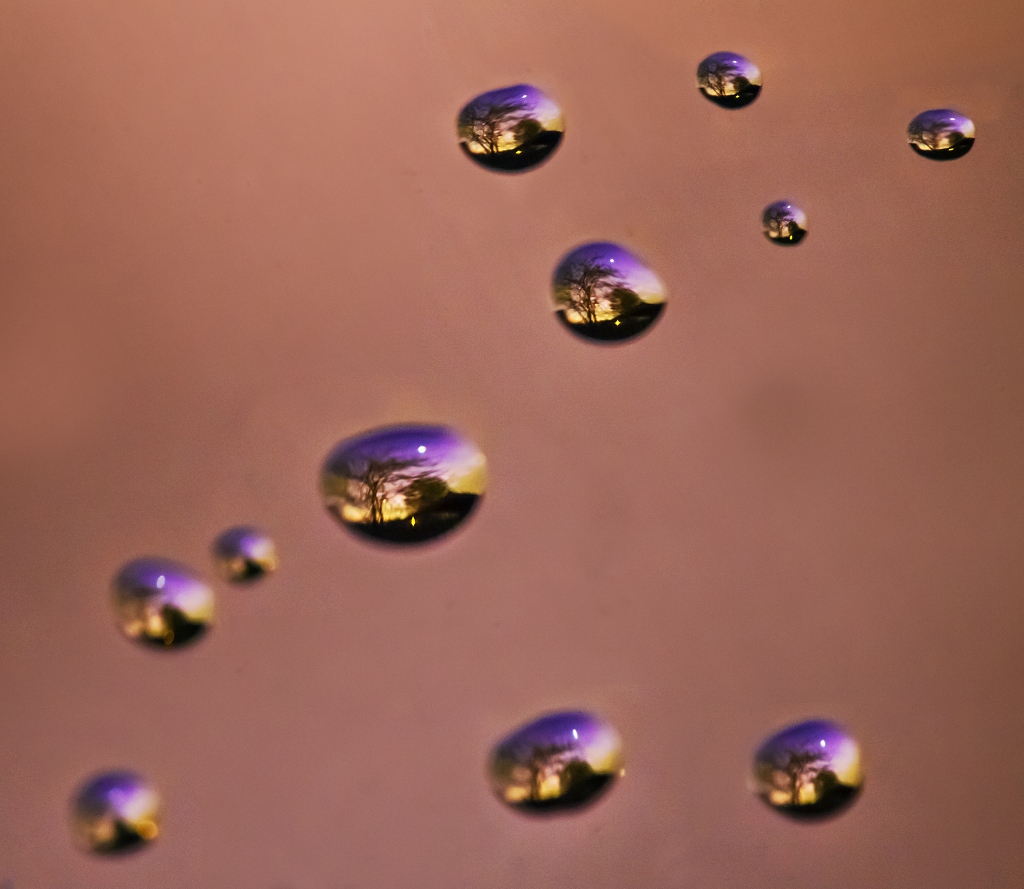

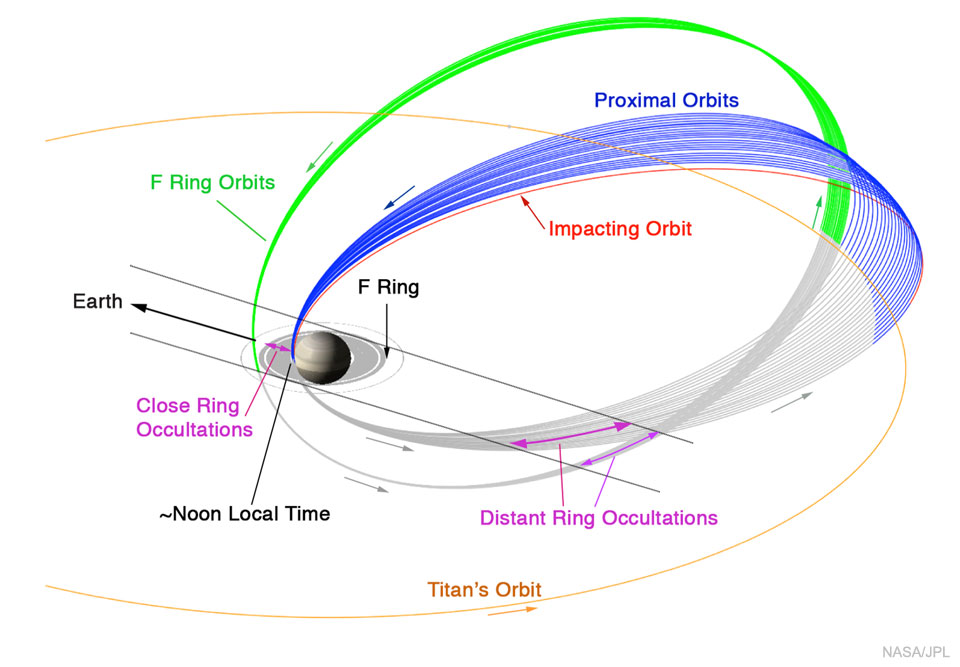
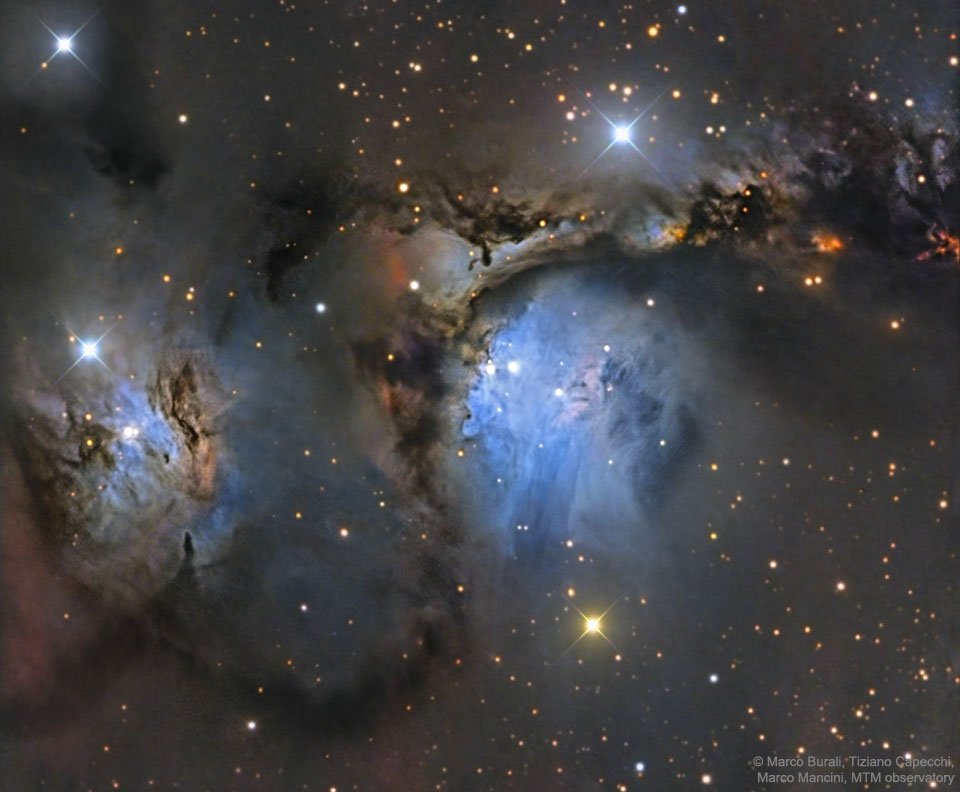

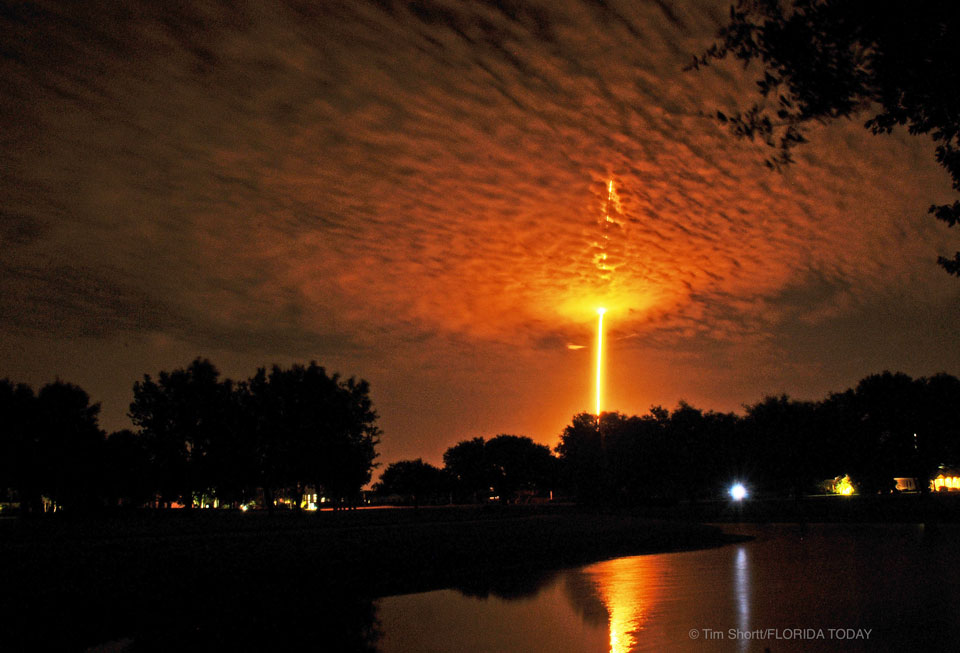
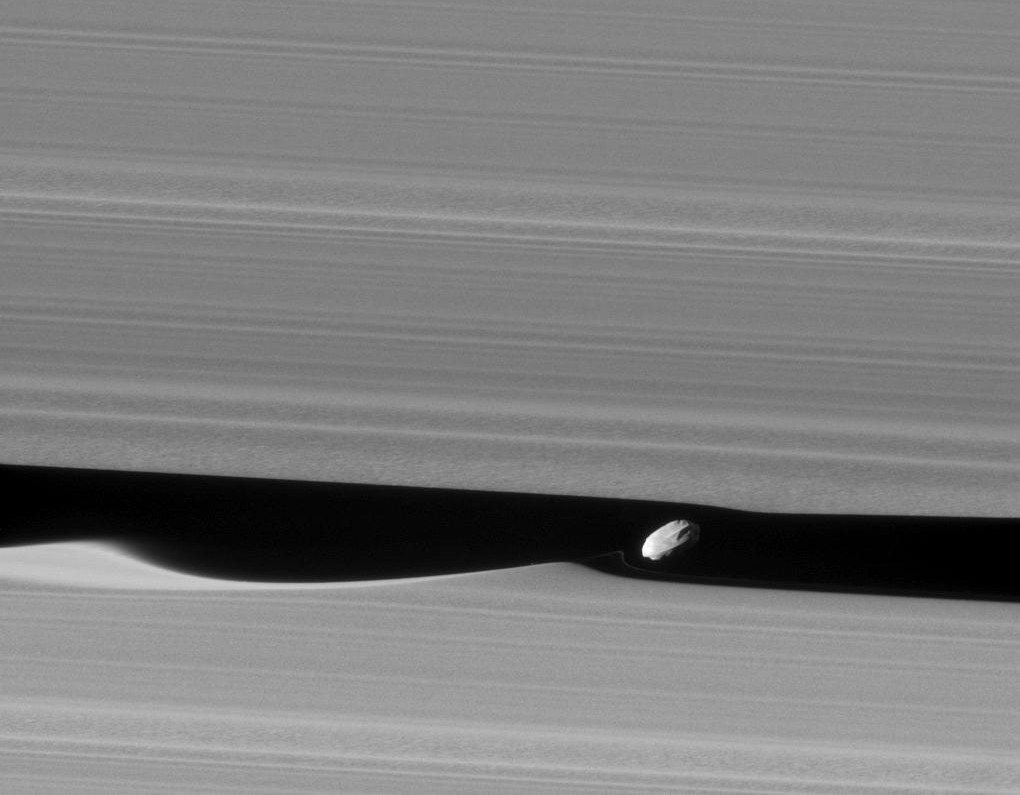
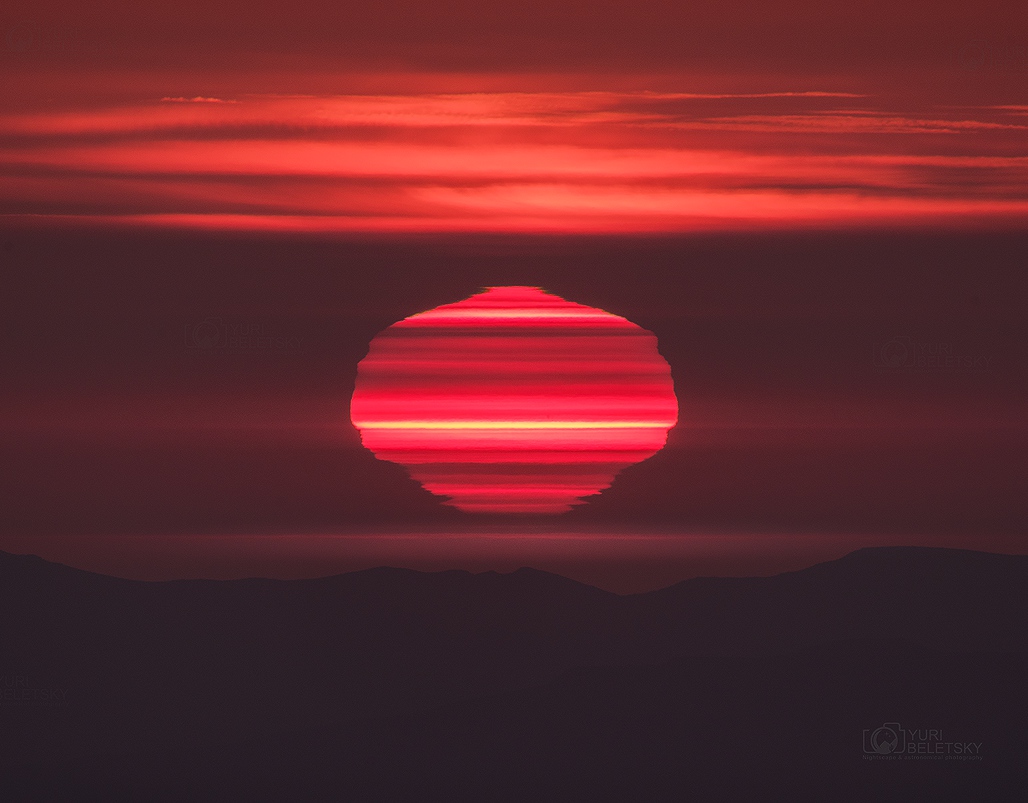
GB-finalLeshin1024.jpg)

